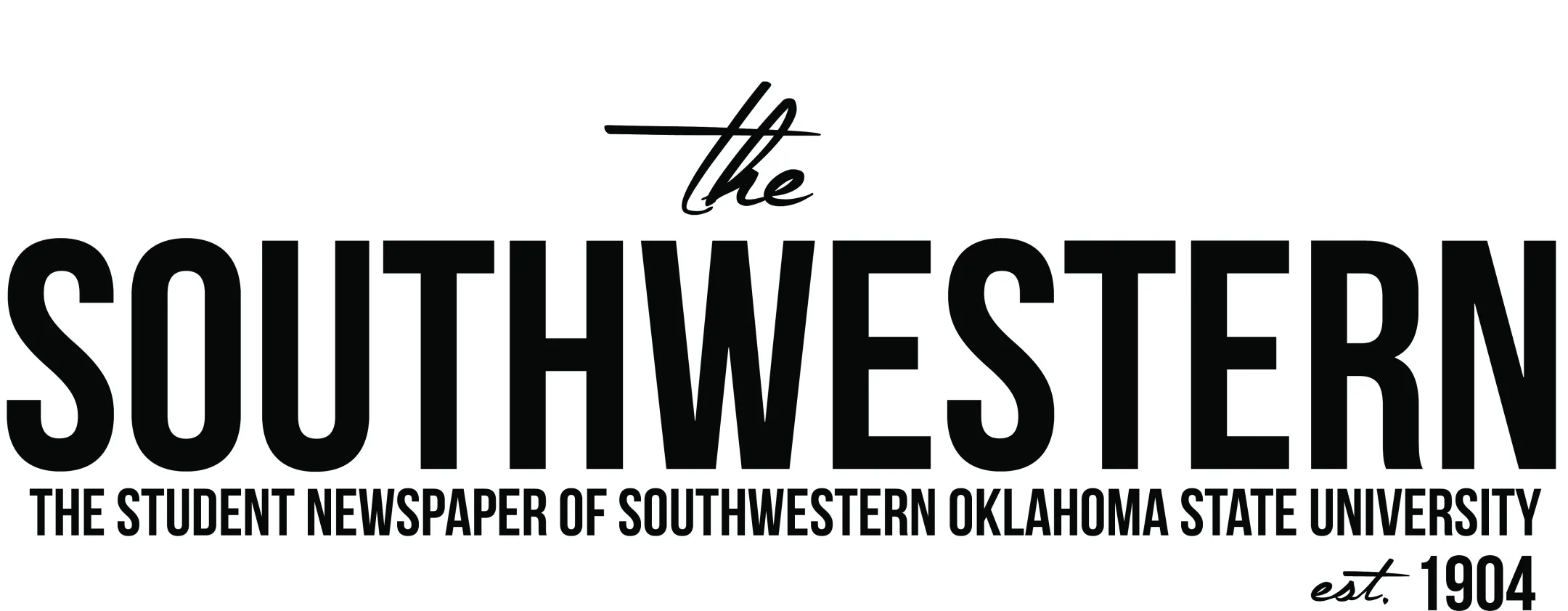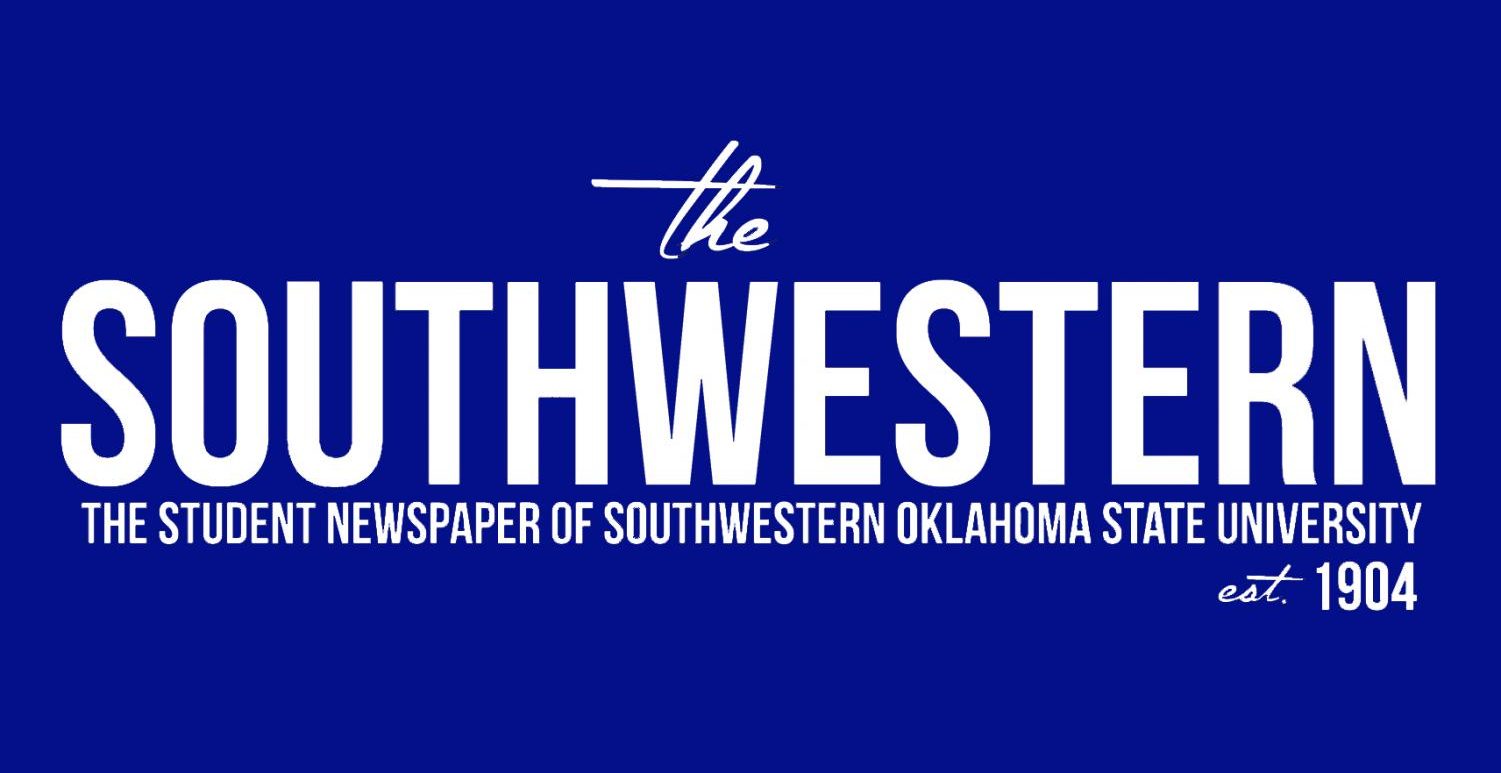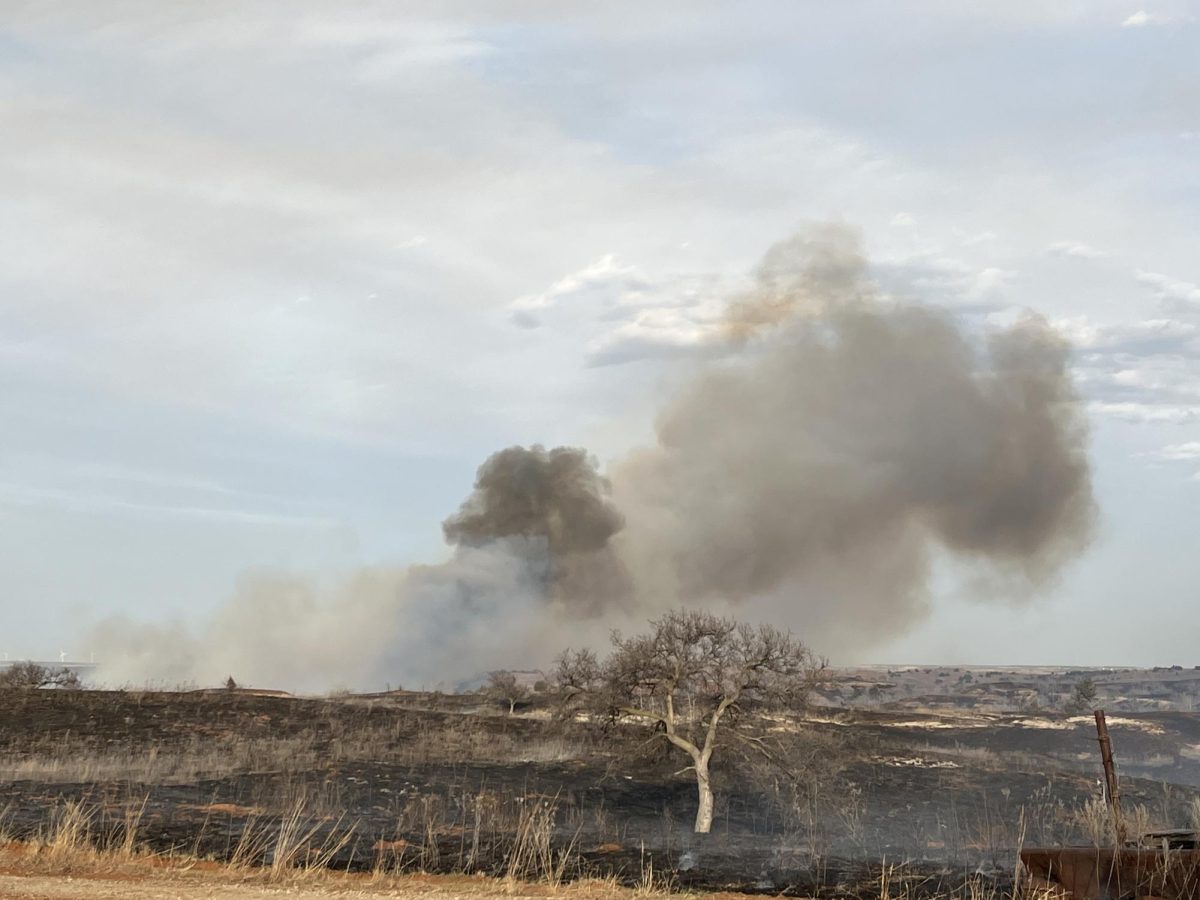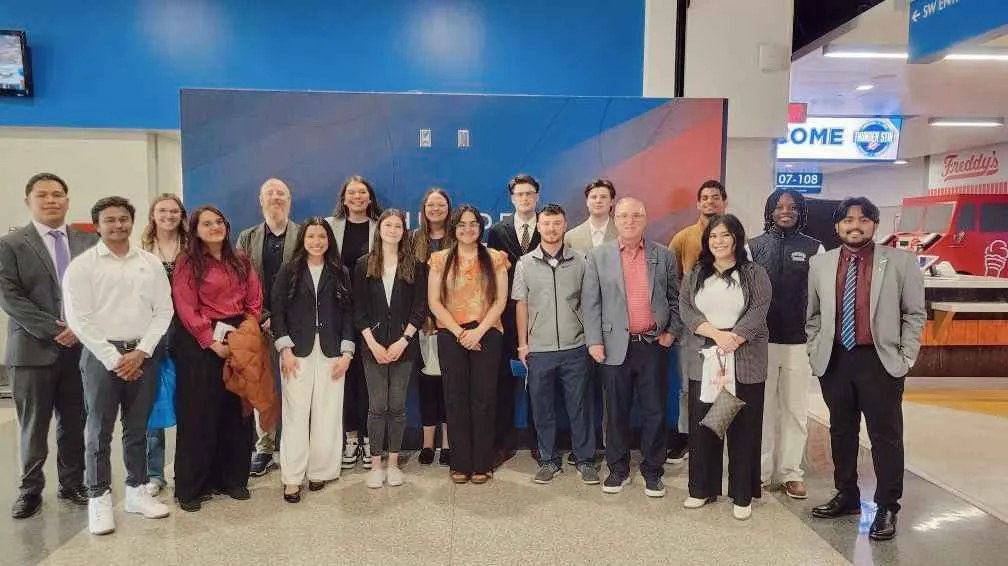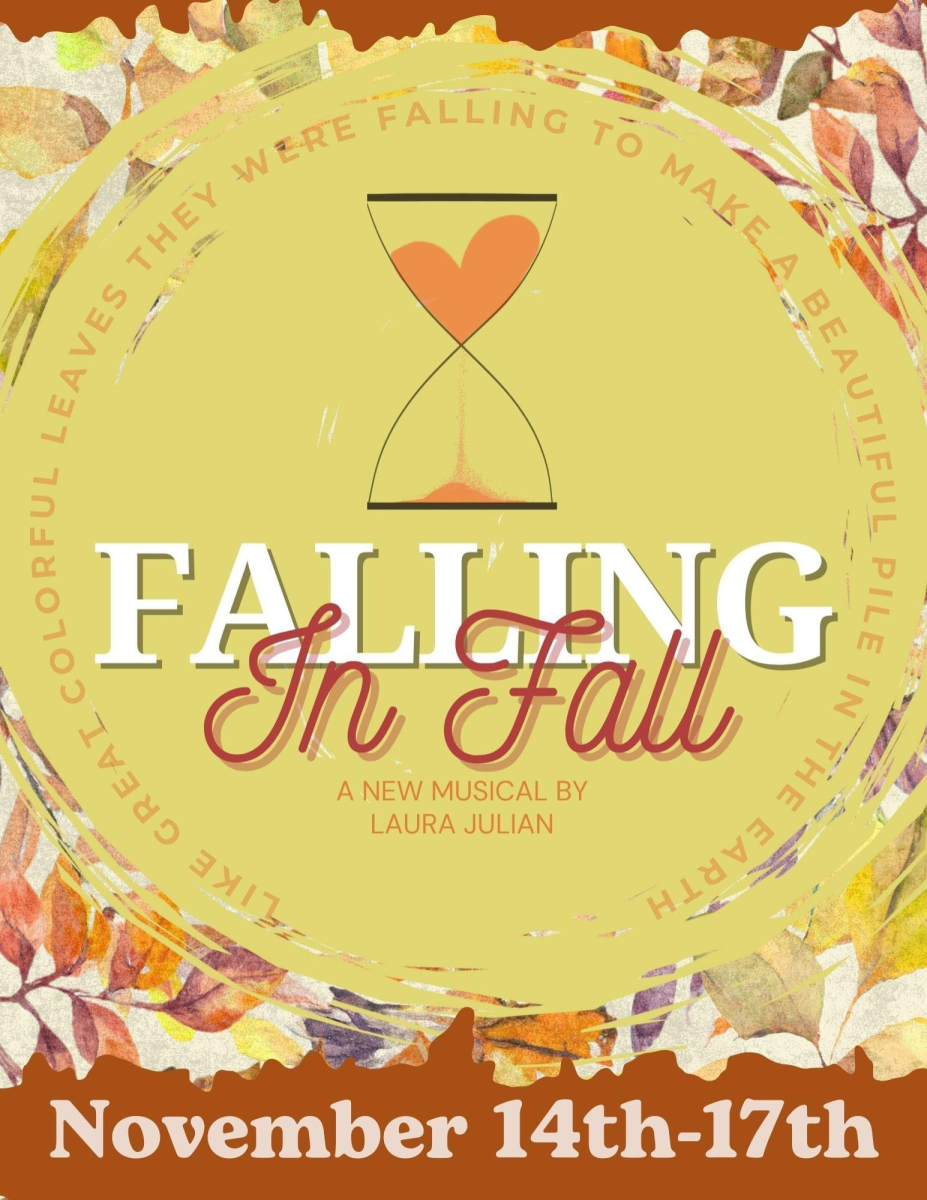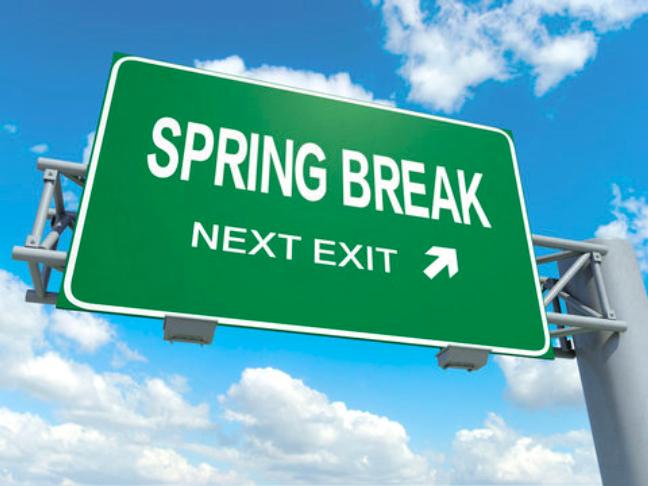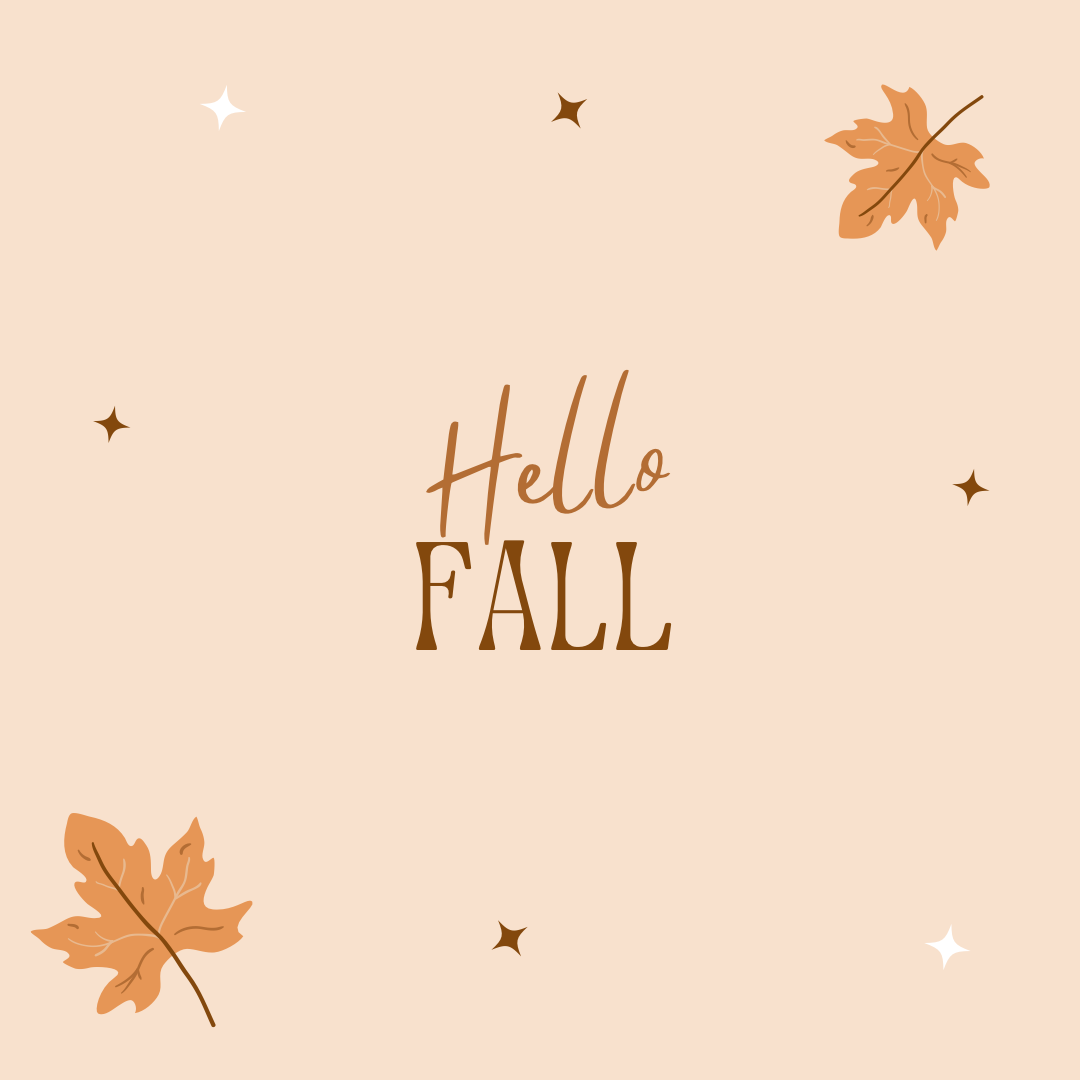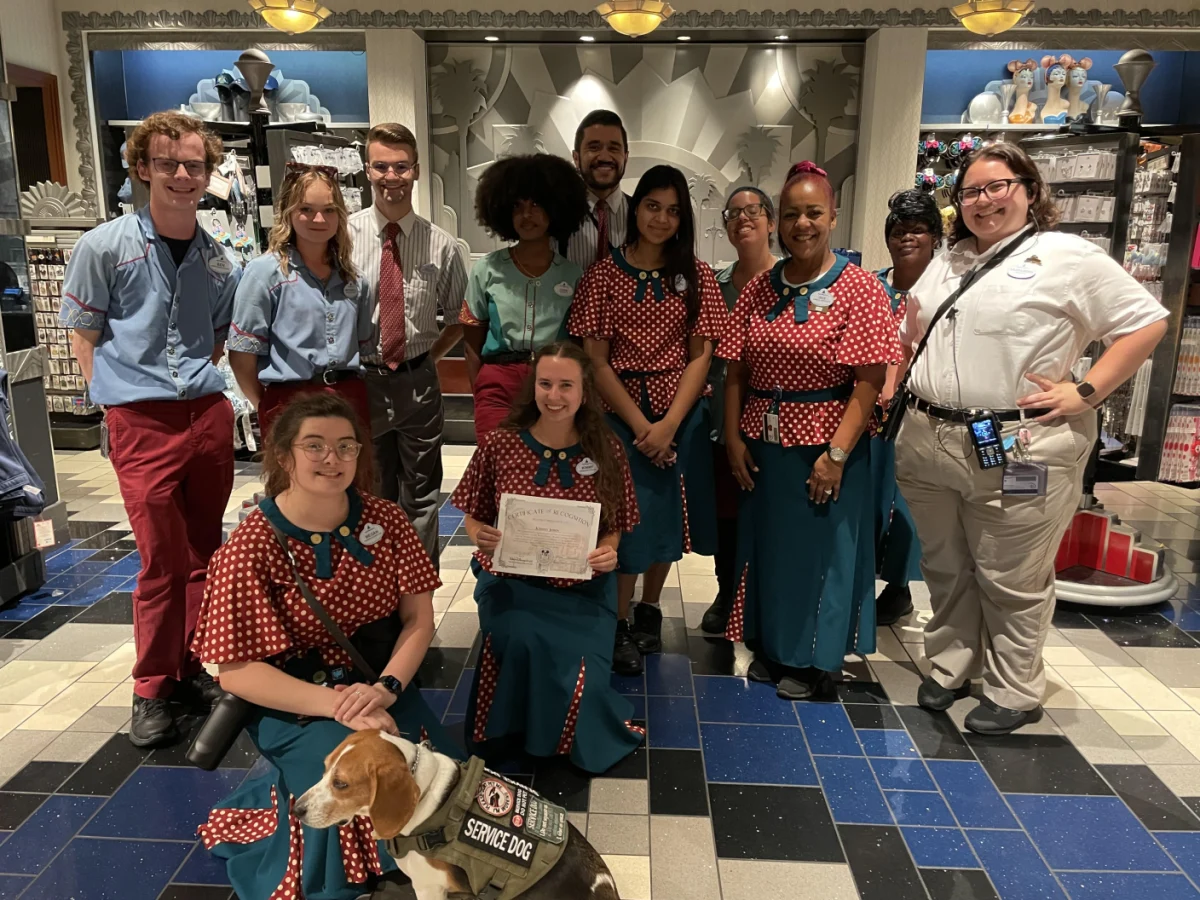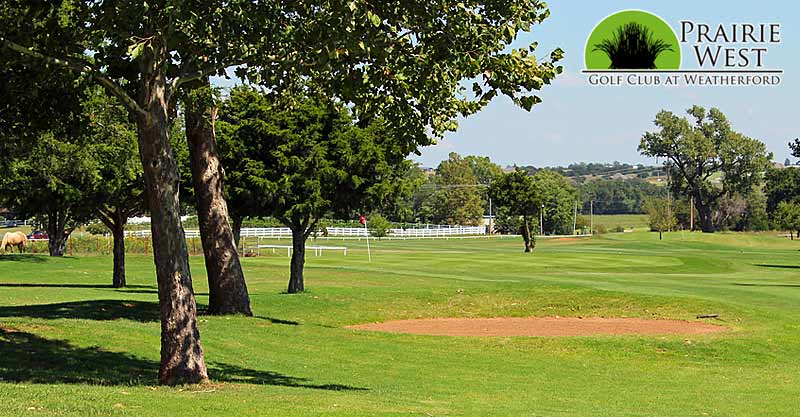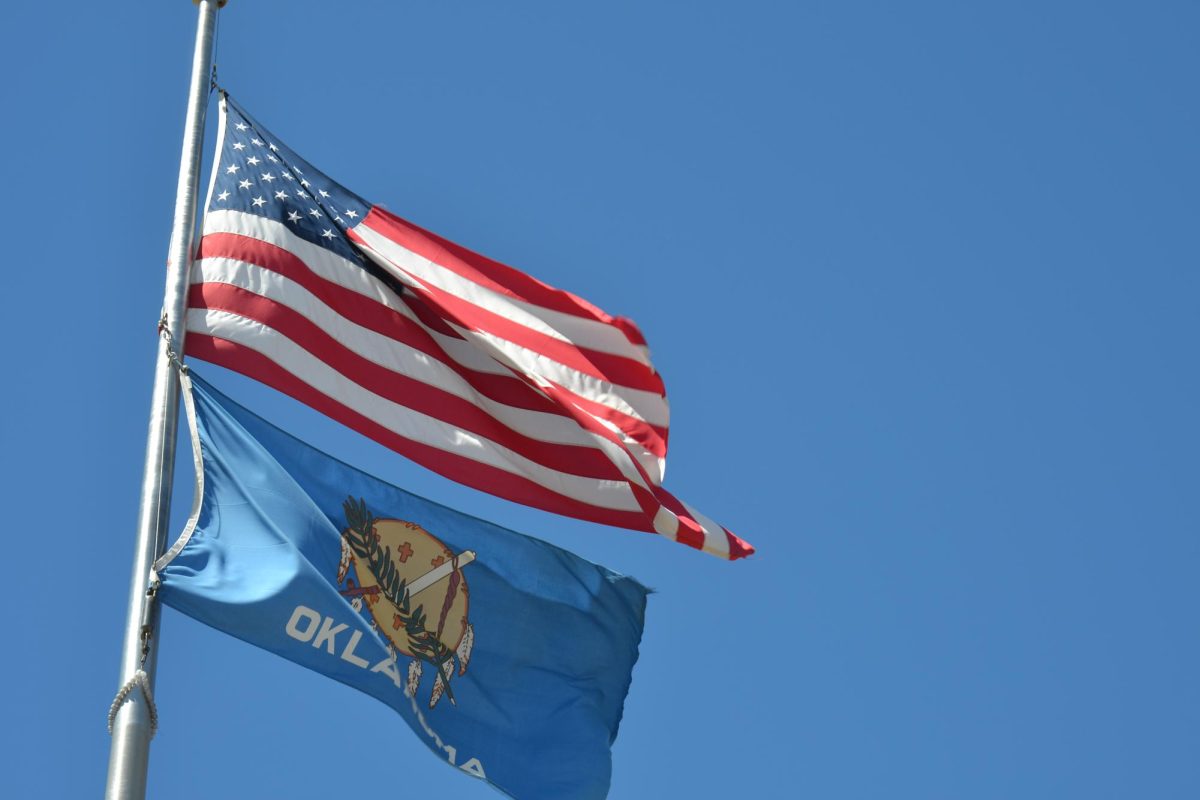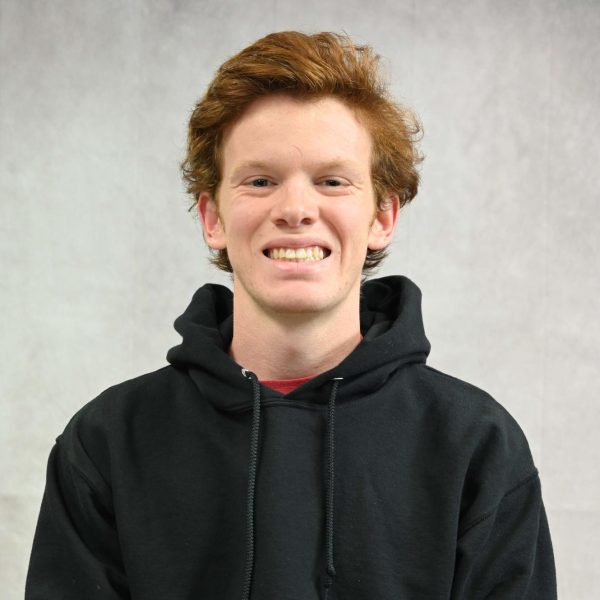SWOSU Fire Club got into action Monday and Tuesday, assisting many other local and state agencies in efforts to contain a wildfire north of Thomas.
Who said nobody wants to work anymore?
Monday morning, instructor Eric Pritchard informed the group of students, including myself, that those on the scene of the fire could use the help of students. North of the town of Thomas, a wildfire had been burning since Sunday. This fire, the Marsh Fire featured a multitude of state and local agencies working around the clock to contain the blaze.
SWOSU Fire Club includes a multitude of students that range in experience levels, mostly all training to become a wildland firefighter. Generally, the group participates in prescribed/controlled burns across the region, intending to gain experience while also helping to improve the conditions of farmland through better soil post-fire. However, this opportunity was a great chance to gain experience with being around a wildfire
“Our prescribed burns are kind of planned and we can do what we want, we can start the fire when we want, and usually the landowner can put fire breaks in for us before we burn, to keep it super low key,” Pritchard told me. “But with a wildfire, that’s the real deal. So you’re having to keep good situational awareness. And it’s a serious deal. You just learn a lot just by being out there and seeing the operations and all the decision-making processes.”
Although it is the real deal, students generally aren’t on the front lines, but being on the scene does present real dangers.
“We’re not going to be going straight to like the most active part of the fire,” Pritchard said. “We’re kind of letting the VFDs and the full-time guys and the state guys go after like the head of the fire. When we’re out there there’s definitely still a pretty high risk and we have to just be dialed in and have our head on a swivel because a lot of injuries and fatalities happen afterwards.”
The two days were largely spent mopping-up, or cleaning up areas in which the fire had already burnt. Still a dangerous task, but with less danger than that of being at the head of the fire. This process, however, has great importance.
“What we saw maybe didn’t look like it was very hazardous or could be a risk or whatever. But one little spot that maybe somebody misses when you’re mopping up and then the wind hits it could start a whole new fire,” Pritchard said. “It isn’t like the glamorous flashy, fun part but it’s so important to go in and kind of double-check the lines and everything.”
The club has partnerships with multiple agencies in the region to assist with wildfires. The partnerships provide for win-wins, as students gain valuable experience, and agencies gain valuable help. As wildfire season is just beginning, the crew will again assist other agencies if the opportunity presents itself.
Wildfire Season
While there is no direct “wildfire season,” an increase in wildfires usually occurs in the spring months, but this very active month proves that it can happen at any time.
Wildfires can start from something as simple as a spark from a car or a cigarette bud. So in times of high fire danger (low humidity, dry, high wind, among other signs), it is important to be extra alert of one’s actions.
While it is still not known what caused the fire, the Smokehouse Creek Fire has burned more than one million acres in the Texas panhandle. This is more than the entire state of Rhode Island. All it takes is one spark to cause mass destruction.
It is important to check burn bans in local regions if one plans to burn in any capacity. Even if there is no burn ban, fires can still start and spread, so it is crucial to be safe by keeping the fire controlled and limiting fuel around the flames.
A Personal Recount
Although exhausted after the two days, the experience for me was extremely beneficial.
Upon seeing the enhanced fire risk for the two days, and realizing that we might be assisting with one of the fires, I cleared my entire schedule to make sure that I could join the group for this opportunity. On Monday, once we received the official message that we would be leaving very soon, I had to quickly eat a microwave pizza, find all the correct gear, and get out to the fire barn.
The experience of the wildfire Monday was filled with mostly mopping-up. This process includes going through previously burned areas and cooling down areas still burning or smoldering. This can be done by extinguishing fires within damaged trees, mixing soil to cool warm embers, and other various methods. This is done to prevent the fire from jumping and spreading to unburned areas. I was fairly new to this work, so this was a great chance to learn in a calmer environment, as we were a considerable distance away from the outer edge of the fire.
Once I knew that we would again be going on Tuesday, I informed my Biological Concepts professor, Dr. Boggs. Not only was she understanding that I would miss class, but she graciously purchased food, chapstick, and eye drops for the club to use throughout the day. A gesture very much appreciated by the club!
Tuesday was similar to Monday, but the fire had been largely contained by that point. After we mopped up some areas of concern, the next few hours were spent monitoring the site and waiting for the cold front and the wind shift to come through to ensure no fire sparked back up. This was an important position to be in, as some other agencies left to go to other, larger fires. The time was filled with lots of peanut butter jelly sandwiches, bananas, candy bars, and canned water (who knew that was a thing?). As well as a constant watch of the fires as temperatures dropped, winds increased, and hazy skies darkened. After the wind switched direction and no fire sparked back up, we returned to Weatherford.
The work that we did was nothing of great strain to my body, but the lasting effect was that to my eyes. The amount of dust blowing through the air was unbelievable, and driving around to various sites left my eyes very bothered. As the dust increased, my appreciation for each ounce of the eye drops certainly increased. Thanks, Dr. Boggs!
Not many people would say that being on a wildfire is fun, but with the right people, like SWOSU Fire, the experience is unforgettable. I believe that the best type of training is on-the-job training, so being out in that environment was certainly a good chance to practice some of the theories that have been taught within the classroom.
